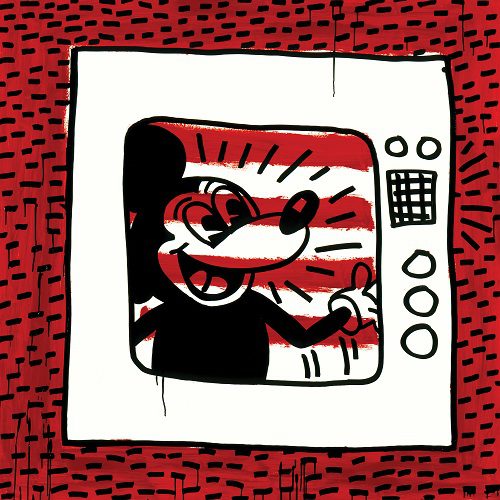
Acquired in 1981.
The Rubell Museum will open in its new Miami home at 1100 NW 23 St., Miami, FL 33127, on Dec. 4.
Housed in a former industrial space, transformed by Selldorf Architects, on a 2.5-acre site, the museum will have 100,000-square feet, 80 percent of which is publicly accessible. Some 53,000 square feet of exhibition space will be divided into 40 galleries — about two-thirds dedicated to longer-term installations and one-third to special exhibitions, all drawn from the collection. There also will be 8,700 square feet of flexible spaces for performances and special events.
The Allapattah building is a short walk from the Santa Clara Metrorail Station and within a 10-minute drive from all of Miami’s art museums and Miami International Airport.
The museum also will feature an art research library holding 40,000 volumes, the most extensive in South Florida; museum store offering art books, design objects, and gifts, and an indoor-outdoor restaurant overlooking a garden courtyard,
The Rubell Family Collection has 7,200 works by more than 1,000 artists. The first acquisitions were in 1965.
The Rubells moved to Miami in 1990 and opened the Rubell Family Collection in Wynwood in 1993. When the new facility opens the Rubell Family Collection will change its name to the Rubell Museum.
The Rubells created their collection by looking at art, talking with artists, and trusting their instincts. They started collecting 54 years ago when Don was in medical school and Mera was teaching at Head Start, and continue to follow the same practice today, now with their son Jason. They acquired their first work after a studio visit and were only able to do so by paying on a modest weekly installment plan.
Art became the Rubells’ passion and, since that first acquisition in 1965 they have built one of the most significant and far-ranging collections of contemporary art in the world, now encompassing 7,200 works by more than 1,000 artists — and still growing. The collection is further distinguished by the diversity and geographic distribution of artists represented within it, and the depth of its holdings of seminal artists.
In 1993, their passion became their mission with the opening of the Rubell Family Collection/Contemporary Art Foundation in the Wynwood neighborhood of Miami, which pioneered a new model for sharing private collections with the public and spurred the development of the neighborhood as one of the leading art and design districts in the U.S.
This December, the Rubell Museum is expanding its commitment to serving as a public resource with the opening of a new 100,000-square-foot facility.
Since the beginning, the Rubells have focused on finding artists early in their careers and those who have been overlooked. They were among the first to acquire work by renowned contemporary artists, supporting them at a critical moment in their careers, including Jean-Michel Basquiat, Cecily Brown, Keith Haring, Rashid Johnson, Hayv Kahraman, Jeff Koons, William Kentridge, Yoshitomo Nara, Cindy Sherman, and Mickalene Thomas, among others.
They collect by visiting studios, art spaces, fairs, galleries, biennials, and museums, and by talking with artists, curators, and gallerists. If the work grabs them, they dig deeper — conducting intensive research and having extensive conversations before they welcome it into their collection. The result is a wonderfully expansive and deep collection that reveals both resonances and dissonances.
The Rubell Museum represents a new kind of institution serving as an advocate for a diverse mix of contemporary artists and resource for both the public and art world to engage in a dialogue with them.
Since the Rubells moved to Miami 29 years ago, many museums and public collections have opened and the city has developed a vital arts ecology. They see their new museum as providing a context for art and exhibitions that are available to the public in South Florida and beyond. The new facility will also enable the Rubell Museum to show a unique sweep of contemporary art that cannot be found anywhere else, ranging from seminal works by artists the Rubells first met over 50 years ago and works by artists they just met last week.






